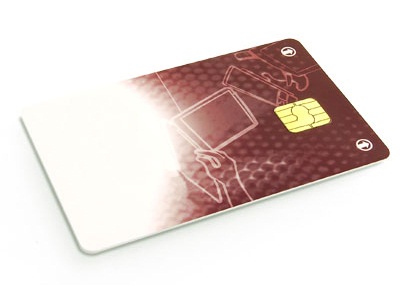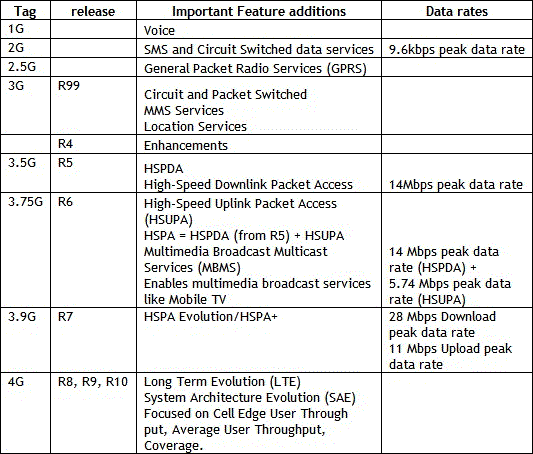In an ode to International Women’s Day, we wanted to review a few of the mobile health projects and programs directly focused on women’s health issues. mHealth has a great variance in the type of applications used to promote and assist in women’s health. This ranges from sending health information about pregnancy via basic text messaging to more advanced tools that allow community health workers to collect data, diagnosis diseases, and refer patients. As the need and ability to extend health information to women in developing countries increases, here is a diverse set of examples that have been used or are in current use.
MOTECH
Launched in Ghana, the Grameen Foundation’s Mobile Technology for Community Health (MoTECH) initiative has a duel focus – providing health information to pregnant women and arming community health workers with applications to track the services provide to women and children. This project was funded by the Gates Foundation and has worked in partnership with Columbia University’s Mailman School of Public Health and the Ghana Health Service. The “Mobile Midwife” application provides pregnant women with time-specific information about their pregnancy via text or voice messages. This includes reminders about seeking care, advice on how to deal with specific challenges during pregnancy, and knowledge about best practices and child development. The Nurses’ Application allows community health workers to register and track the care provided to patients in the region. By recording patient data in the MOTECH Java application and sending it to the MOTECH database, the system captures the data and can send automatic reminders to nurses for when and what type of follow up care to provide. For more information about the MOTECH as well as the lessons learned, read the report from March 2011, “Mobile Technology for Community Health in Ghana: What It Is and What Grameen Foundation Has Learned So Far.”
MAMA
Launch in May 2011, MAMA (Mobile Alliance for Maternal Action) is a public-private partnership focused leveraging mobile connectivity to improve information and access to health care for pregnant and new mothers in developing countries. USAID and Johnson & Johnson are the founding partners, and the United Nations Foundation, the mHealth Alliance, and BabyCenter are supporting partners. This initial 3-year, $10 million investment from USAID and J&J is being used to build and expand global capacity of new and current mHelath programs in three countries – Bangladesh, South Africa, and India. The beauty of the MAMA Partnership is the focus on country ownership through these partners. And each country has a separate focus based on the specific needs and problems of the maternal health. In Bangladesh, the focus is to decrease maternal morbidity and mortality through stage-based health messages via mobile phones to low-income and at-risk mothers. The public-private partnership network in Bangladesh has already been established. Lead by D.Net, it includes technology developers (InSTEDD, SSD-Tech), corporate sponsors (BEXIMCO), outreach NGOs (Save the Children, BRAC), mobile operators (Airtel, Grameenphone, Banglalink), content providers (MCC Ltd), media (Unitrend Limited, Brand Forum), researchers (ICDDR, B), and government agencies (Ministry of Health and Family Welfare). In India, MAMA is completing a landscape analysis to understand the complex cultural environment and see in what areas mobile phones can be utilized to improve maternal health throughout the country. Finally, in South Africa, MAMA has partnered with the Praekelt Foundation (lead partner), Wits Reproductive Health and HIV Institute, and Cell-life to provide messages to pregnant and new mothers about receiving earlier antenatal care, prevention mother-to-child HIV transmission, and exclusively breastfeeding.
CycleTel
Developed by the Institute for Reproductive Health (IRH) at Georgetown University, CycleTel is an innovative solution, combining a previously used family planning technique with mobile phones. In 2001, IRH created the Standard Days Method (SDM) as a low-cost alternative to family planning based on a women’s menstrual cycle. By avoiding intercourse on a woman’s most fertile days during her menstrual cycle, days 8 to 19, there is only a 5% chance of becoming pregnant. Having developed the system, IRH saw a natural fit with mobile phones. In the original set up, women would use Cyclebeads (multiple colored beads used to represent specific days of a menstrual cycle) to keep track of when they are more likely to become pregnant. Using the same idea, the CycleTel replaced the beads with a mobile phone. Each month on the first day of menses, a women text messages the system. Utilizing FrontlineSMS, it then responds by sending a message showing which days she could get pregnant. In 2009, IRH conducted a research study in the region of Uttar Pradesh, India. The pilot showed the need to tweak the system to fit the region context including the local languages and women’s past experience using mobile phones. But it also showed the willingness of women and men to pay for the service in order to avoid unwanted pregnancies. This program is being operated under to the Fertility Awareness-Based Methods (FAM) Project which is funded by USAID.
Dunia Wanita
Dunia Wanita, which means World of Women, was launched in February 2010 by Telkomsel, a MNO in Indonesia. It is a part of the MNO’s value-added services applications and is specifically for women to receive information on a number of different topics, including health. The subscription costs $0.12 per day. By dialing *468#, women have access to a “one stop info service.” By selecting “Cantik Sehat” (Health and Beautiful), women can receive health information and advice from famous Indonesian doctors. The voice messages include information about sexual health, pregnancy, and healthy living.
These are just a few examples of mobile health applications that are available to women in the developing world. The applications vary in information provided, media used, and business models utilized. This is a great illustration of how diverse mobile health can be in order to reach a targeted group within a country, based on infrastructure, location, health knowledge, and mobile usage/connectivity.



















 A recent study reveals how Information and Communication Technology (ICT) can viably provide access to education, healthcare, agro-services and financial services to the Base of the Pyramid (BoP). The study reviewed more than 280 initiatives set up by various types of actors (corporations, Citizen Sector Organizations, social entrepreneurs…) in Asia, Latin America and Africa which are using ICTs to provide services to the BoP.
A recent study reveals how Information and Communication Technology (ICT) can viably provide access to education, healthcare, agro-services and financial services to the Base of the Pyramid (BoP). The study reviewed more than 280 initiatives set up by various types of actors (corporations, Citizen Sector Organizations, social entrepreneurs…) in Asia, Latin America and Africa which are using ICTs to provide services to the BoP. 


































